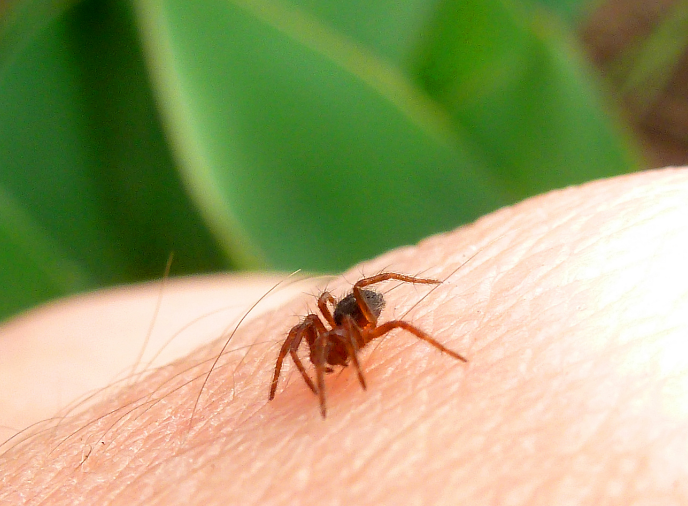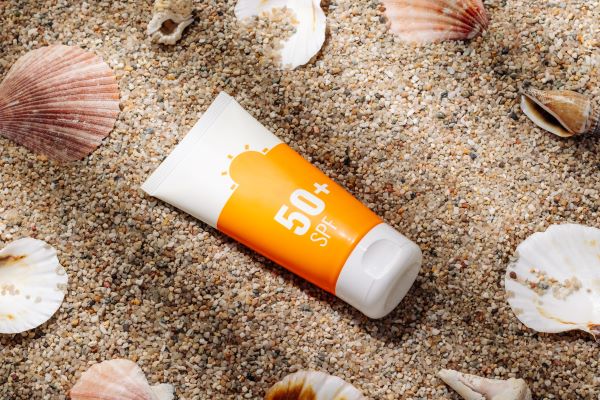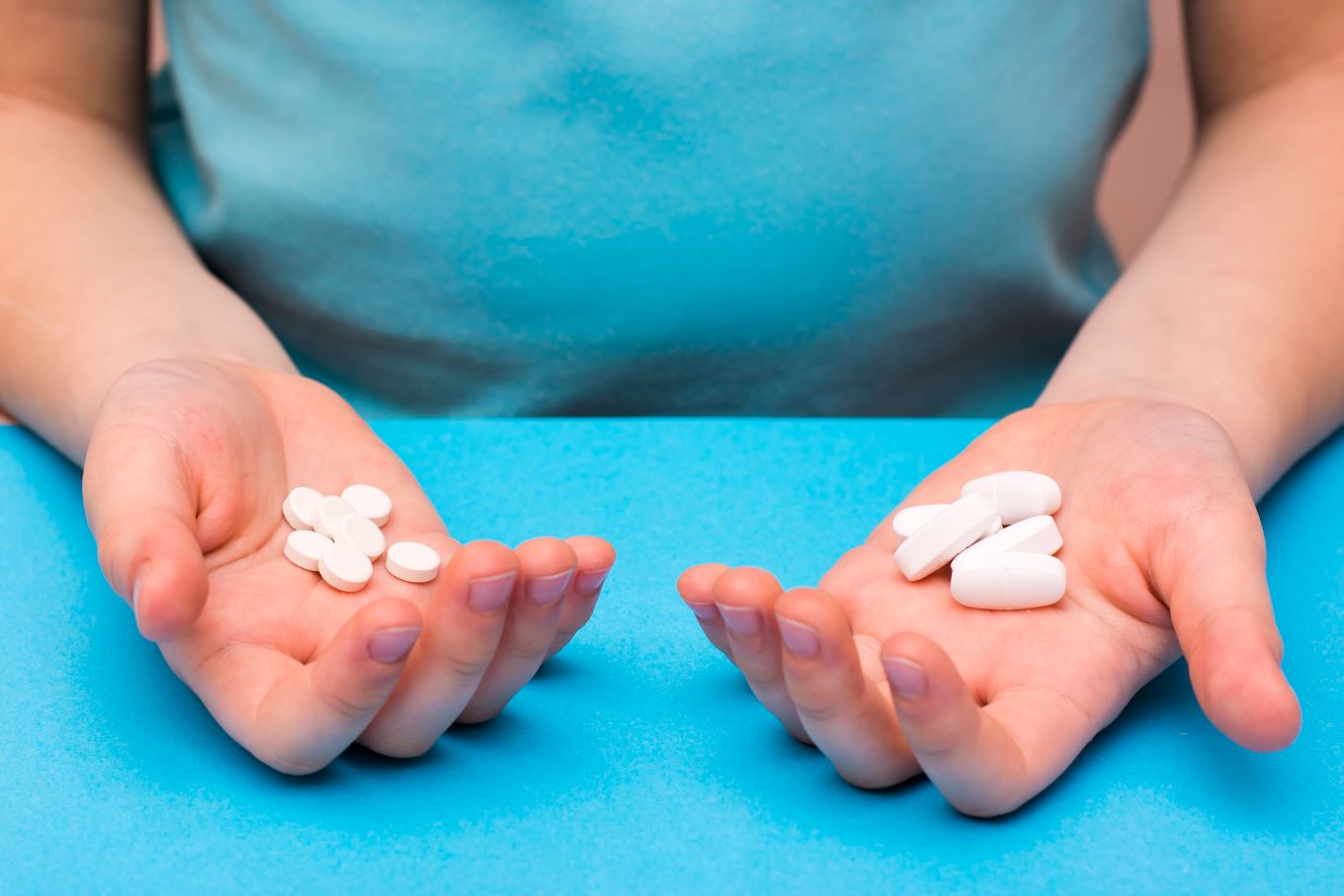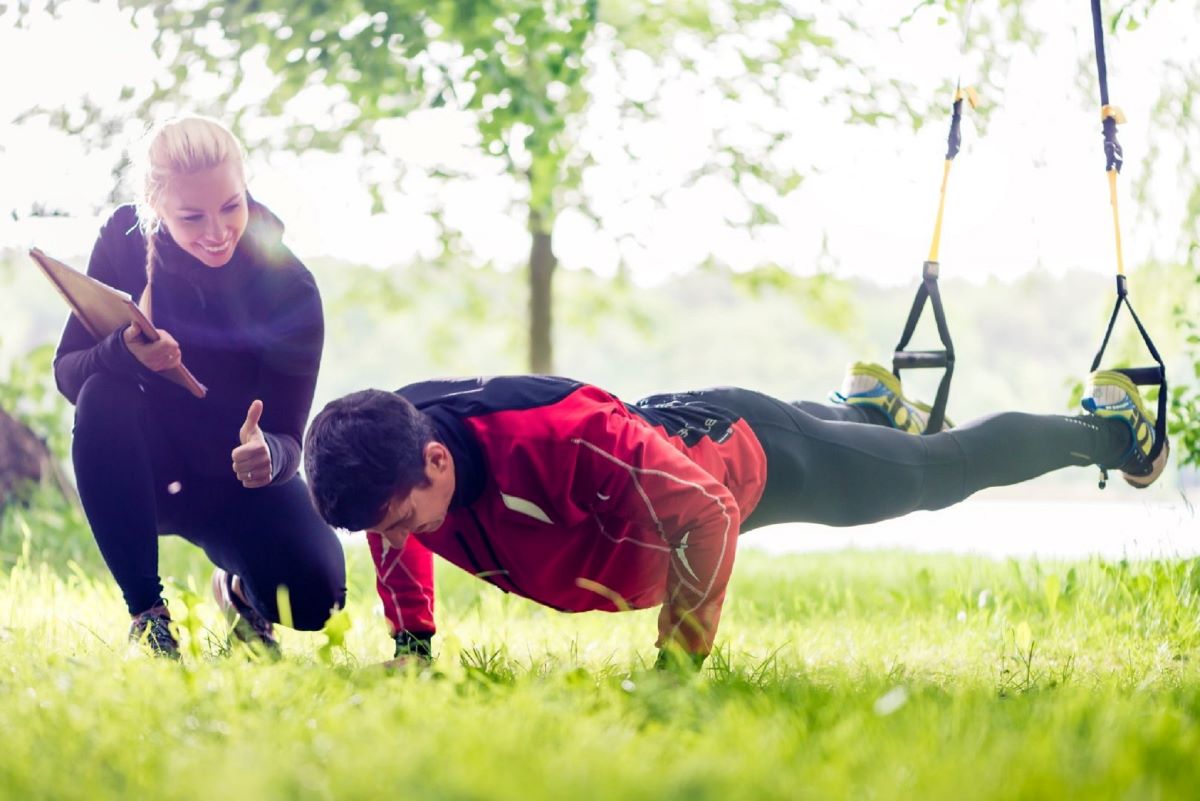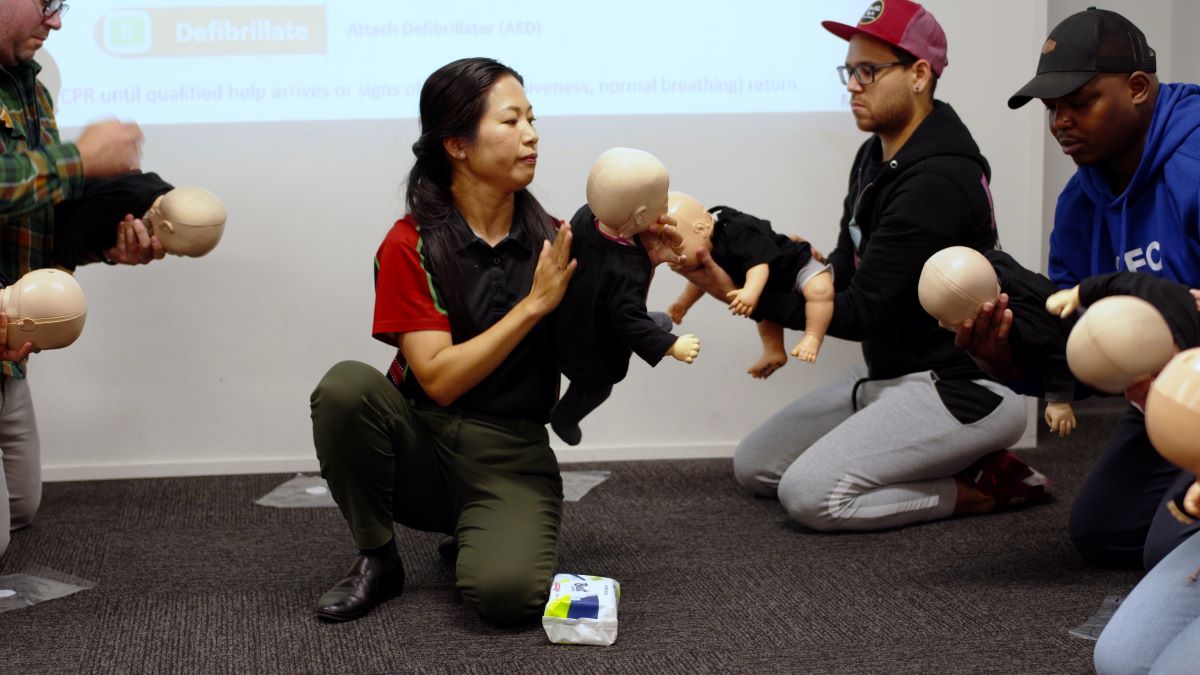Why do spiders bite?
Spiders can bite for a variety of reasons, and it is usually to paralyse their prey. Don’t worry- it’s not humans!
If a spider happens to bite you, it is unlikely to break the skin, and if it does, it is unlikely the venom will affect you. If a spider does bite you, then it is likely that you have unknowingly damaged or entered its home, and it will bite as a form of self-defence. Spiders will choose flight over fight more often than not, and they will only respond if you have them backed into a corner, literally.
What are spider bites?
Spider bites occur when a spider uses its fangs to apply pressure to the skin in order to paralyse or injure its prey or escape a dangerous situation. The fangs are usually hidden within the basal segment. When they catch their prey, they are then released. Spider fangs have a small hole in their tip and a duct inside, which leads to the venom gland. When the spider bites, it releases the venom from the gland through the hole in the fang. Neurotoxins within the venom can affect humans by affecting their nervous system and can kill tissue surrounding the bite.
How to avoid spider bites
According to Better Health Victoria, you can avoid spider bites by doing the following:
- Always wear gloves, long trousers and shoes when gardening or in the garden
- Shaking out your shoes before you put them on
- Not leaving clothes on the floor- shake them out before you put them on if you do
- Do not assume spiders in pools and other bodies of water are dead. Some can survive in an air bubble for over 24 hours.
Most dangerous spiders
Within Australia, we are famous for our dangerous animals and insects. With Crocodiles, Sharks, Snakes and Spiders, we’ve just about got it all when it comes to living dangerously. The spiders you should be looking out for are:
White-Tailed Spider
These guys are small but mighty. Famed for being creatures of the night, they hunt other spiders as prey, including species such as “Daddy Long-legs” and Redback Spiders. Their bites can cause a burning sensation within humans and swelling and itchiness at the affected area.
Redback Spider
Redback Spiders get their name from the large stripe on the female species upper abdomen. They have a large body and slender legs, and juveniles often have additional white markings on their stomach. Redback bites are common in the summer months, and every year more than 250 cases require antivenom. If you are bitten, you will experience pain, sweating, muscular weakness, nausea and vomiting.
Mouse Spider
The Mouse spider gets its name from its large size and stocky appearance. Males are either red on the jaw or blueish-white on their abdomen. Females are larger than males. Their eyes are spread across their face, and they have a large head and jaw. They feed on insects, small lizards and frogs, but can also prey on other spiders. Bites from Mouse Spiders are uncommon, but if you are bitten, then you can expect to need first aid treatment. Funnel-web spider antivenom is effective.
Funnel-web Spider
Funnel-web spiders are notorious for their large size, reaching a length of up to 5cm! At warmer temperatures, the males can wander at night looking for a mate. They can easily become trapped inside houses or garages when doing this. The Males venom is toxic and can cause death; no female funnel spider bites have been reported as causing deaths. No deaths have occurred since the creation of an antivenom in 1981, and it is held at the central city and regional hospitals.
Where do the most dangerous spiders live?
Spiders habitats vary depending on the species.
Funnel-web spiders are predominantly found outside underground within burrows. Their burrows can be identified by the webbing on the exterior. This webbing lets the spider inside know when prey is close by so that it can attack and deliver a bite to subdue the prey. Some live in trees, in rot holes, but this is less likely. Funnel-web spiders can be found on the east coast, in forest regions of New South Wales and the highlands of north Queensland.
Mouse Spiders also create burrows, and they can range from 20- 55 centimetres in depth. The burrows are made with two surface trap doors so that they are hard to see and can trap their prey efficiently. They live in the open forest and semi-arid shrubland but are not limited to a specific region. They can be found all over Australia.
Comparatively, White-tailed and Redback Spiders create their own webbed retreats close to human habitation. White-tailed spiders can be found in gardens and houses, whilst redbacks can be found in sheds and toilets. Both can also be found in logs, shrubs, and rocks.
What are the symptoms of a spider bite?
Spider bites are usually harmless; however, if a dangerous spider bites you, you may experience the following:
- Nausea
- Vomiting
- Dilated Pupils
- Sweating
- Muscle Spasms
- Unconsciousness
- Redness and Itchiness
What to do if a spider bites you
If you are bitten by a Redback, White-tailed, Mouse or Funnel-web spider, you should do the following:
Redback and White-Tailed Spider Bite:
Wash the area; bandaging will increase pain, so apply an ice pack.
Funnel-Web and Mouse Spider Bite:
Firmly bandage the area and splint if possible. Do not move. You need to stay still to slow the venom.
Do not eat or drink anything or cut the spider bite.
First Aid near me
Learn more about assisting in First Aid crises with First Aid Pro’s comprehensive course. Learn about spider and snake bites, burns, wounds and other injuries and how to help others best recover.

